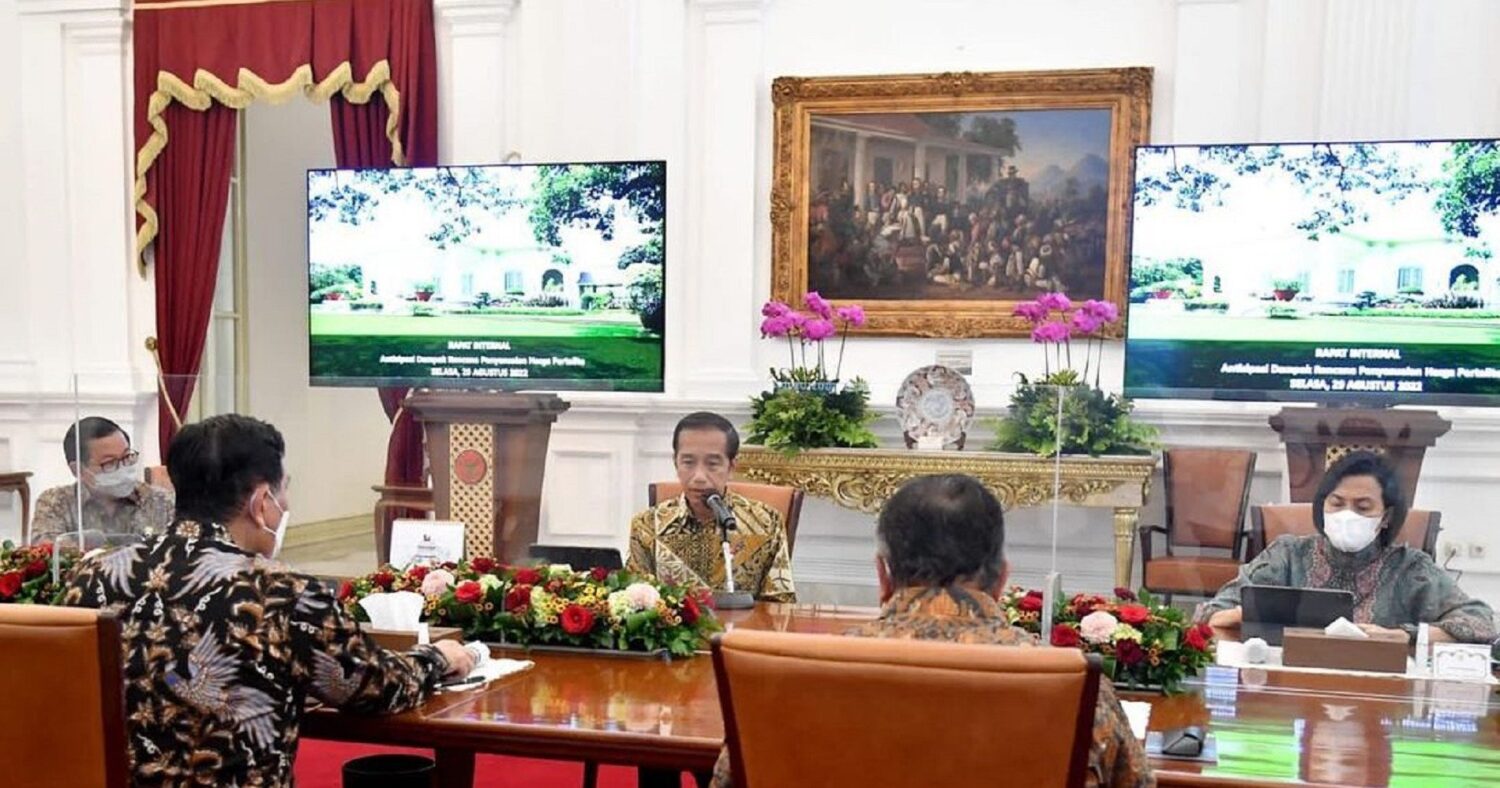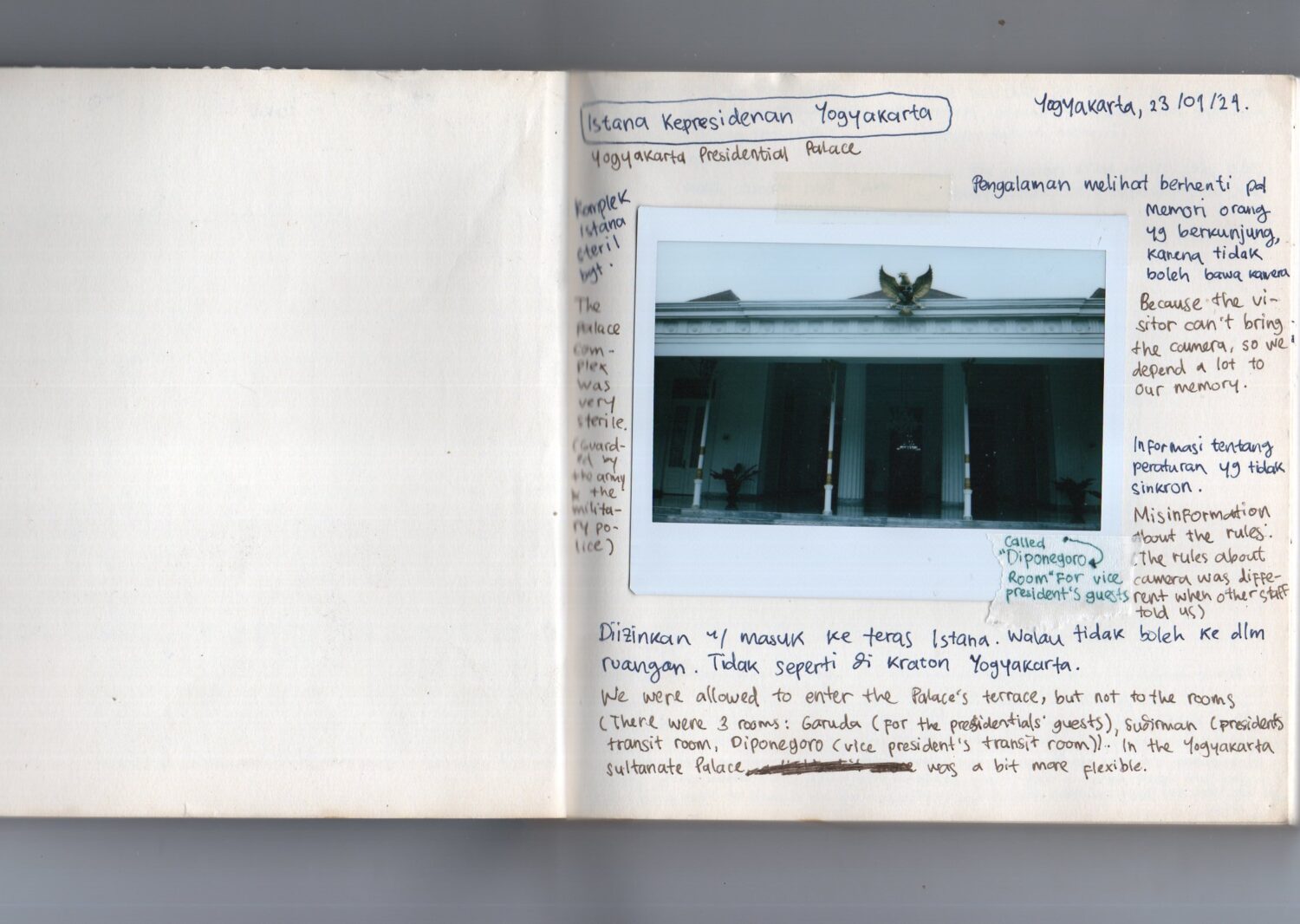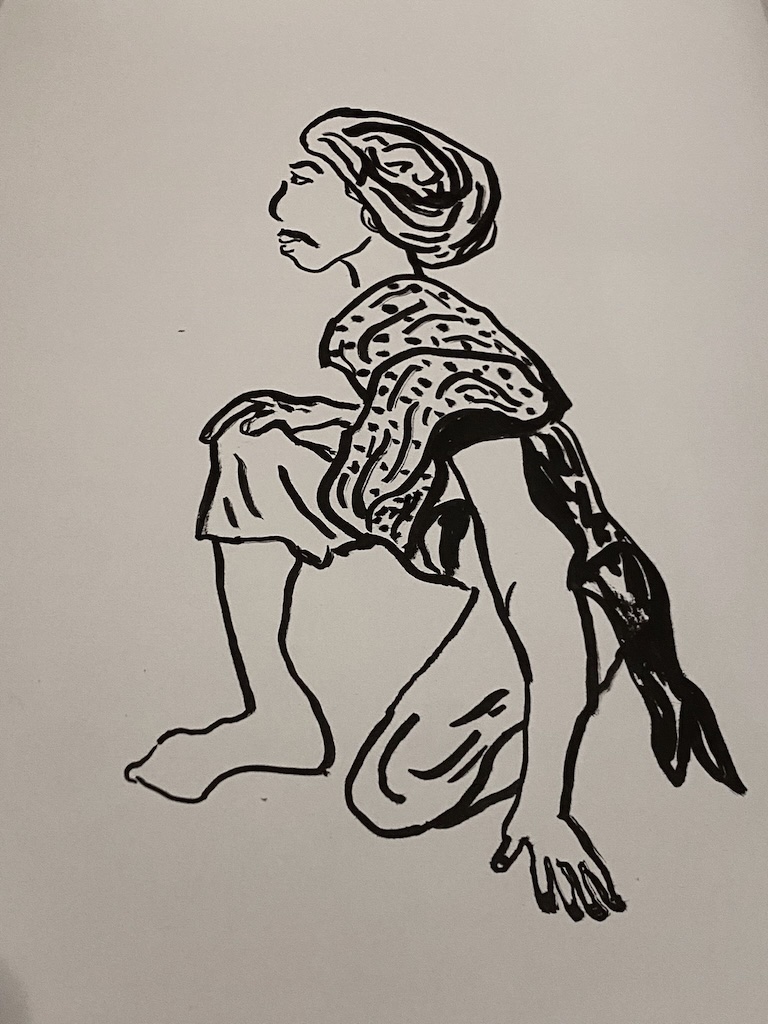Pingkan Polla, ...ABOUT SEEING WHAT CANNOT BE SEEN
autonome vormgeving
Thomas Bellinck
Shila Hadji Heydari Anaraki
Mohanad Alyacoubi
Dit project is opgevat als visuele observatie van het eerste schilderwerk waarin een historische gebeurtenis in Indonesië wordt weergegeven. Het schilderij, dat beschouwd wordt als een proto-nationalistisch werk, was gemaakt als tegengeluid voor de propaganda van het Nederlands-Indisch koloniaal bestuur, die op hun beurt een schilderij lieten maken van dezelfde historische gebeurtenis. Tot op vandaag is toegang tot het originele schilderij strikt gelimiteerd aangezien het achter de presidentiële paleispoorten bewaard wordt. Om het te bezichtigen dient het publiek verscheidene bureaucratische stappen te bewandelen. Ik heb gedurende verschillende maanden aanvragen ingediend, maar heb nog steeds geen toegang gekregen tot het origineel.
Aldus kon mijn observatie van dit werk, net als voor het grotere publiek, enkel plaatsvinden met kopieën en gedigitaliseerde foto’s met gereduceerde beeldvorm en kwaliteit. Het doorlopen van dit proces stimuleert tot reflectie over hoe kennis of informatie nog steeds beperkt wordt door de machtsstructuur. Tegelijkertijd geeft de tegenwoordige technologie ons de vrijheid om deze schilderijen te deconstrueren, een actie die te goed is om waar te zijn op een werkelijk schilderij dat aan de paleismuren hangt.
This project is conceived as a visual observation of the first painting to capture a historical event in Indonesia. The painting, which is believed to be a proto-nationalist work, was created to counter the propaganda of the Dutch East Indies colonial government, who also produced a painting based on the same historical event. To this day, access to the painting is strictly limited as it is kept behind the presidential palace gates. To view the painting, the public must navigate several bureaucratic barriers. I have applied and attempted over the course of several months, but have not been given access to view the original painting.
Thus, my observation of this painting, as for the larger public, could only take place on copies and digitized photographs with reduced image form and quality. This process then stimulates reflection on how knowledge or information is still limited by the power structure. However, at the same time, present-day technology seems to give us the freedom to disassemble these paintings, an action that is too good to be true to be performed on a painting displayed on the palace walls.
…TENTANG MELIHAT APA YANG TIDAK BISA DILIHAT (original title) // 2023 – 2024
Paper collages, broken frames with organis moss
Polaroid images with text description
Drawings on paper (collaboration with Anggraeni Widhiasih)
Wheatpasted prints
Audioguide

“As I scroll, zoom in, screenshot, download all the information that I can get in order to reach the painting, […]
“These collages are an attempt to see what we can’t see.
These fragments show how the knowledge for the public are still being controlled by the authority.”


“…It wasn’t about a painting with high historical value. It’s about how fragile the symbol of nation. It’s about the vulnerability of the propaganda.”
“I didn’t see the painting, I see a limit for the public to access the knowledge.”

texts are taken from the audio guide from this exhibition.
